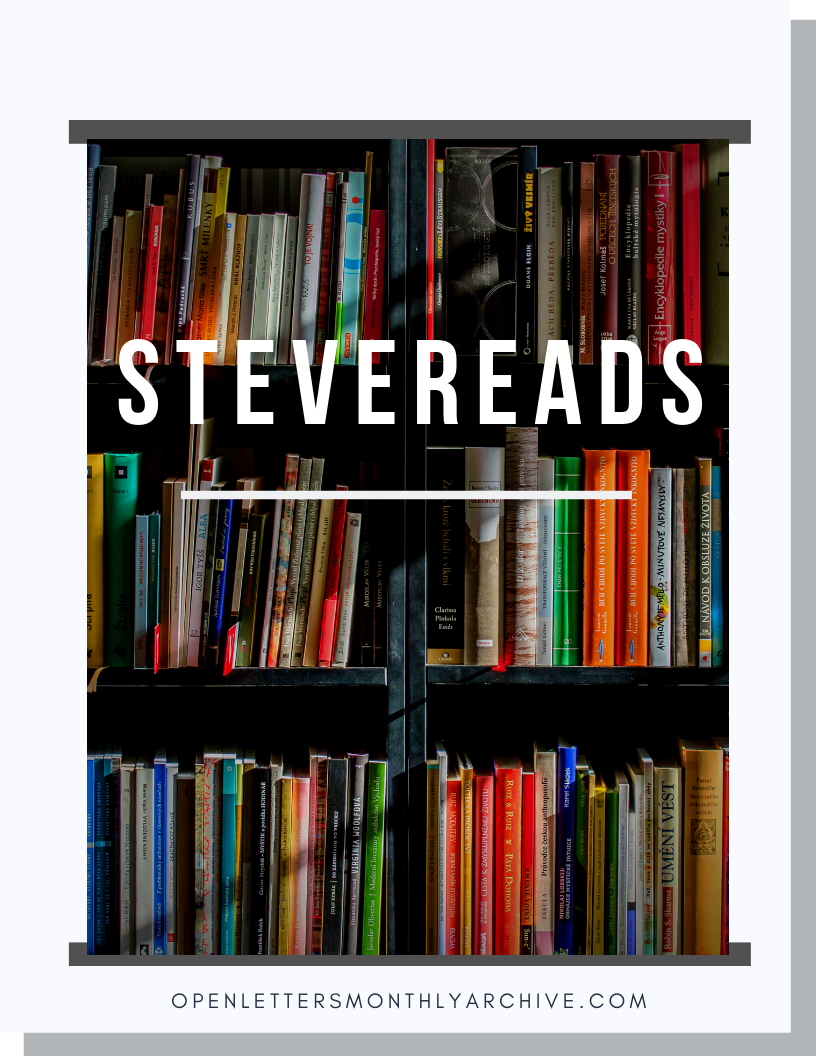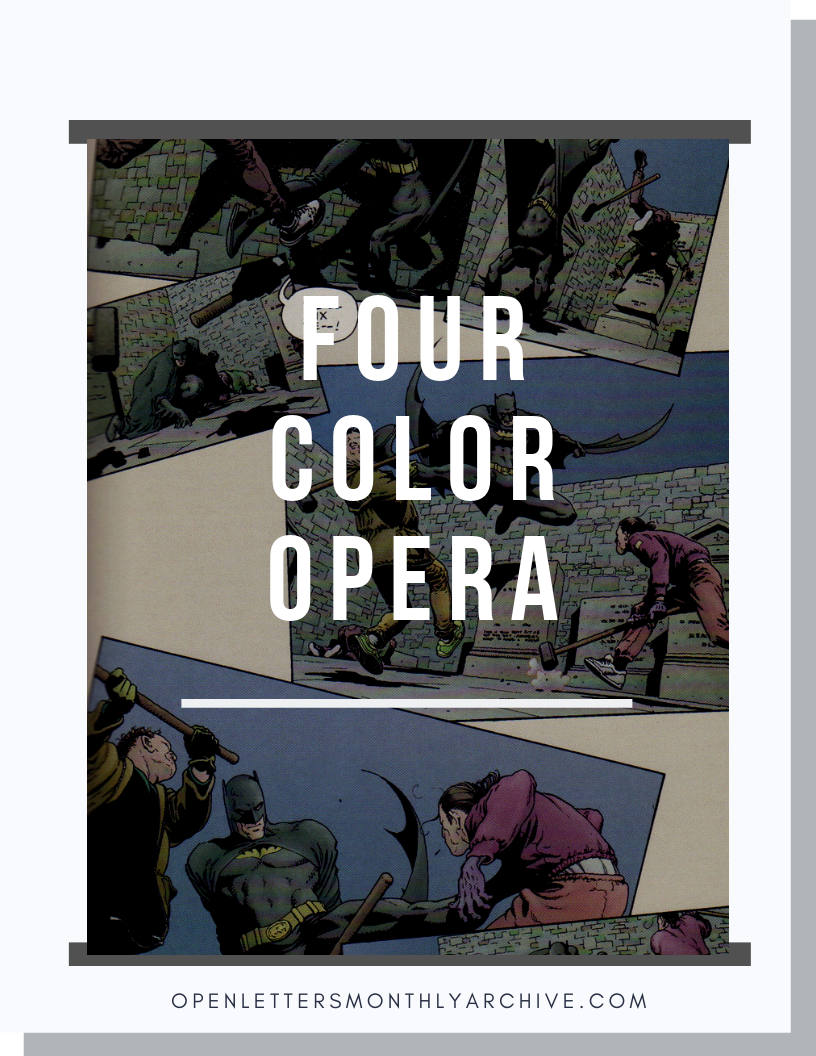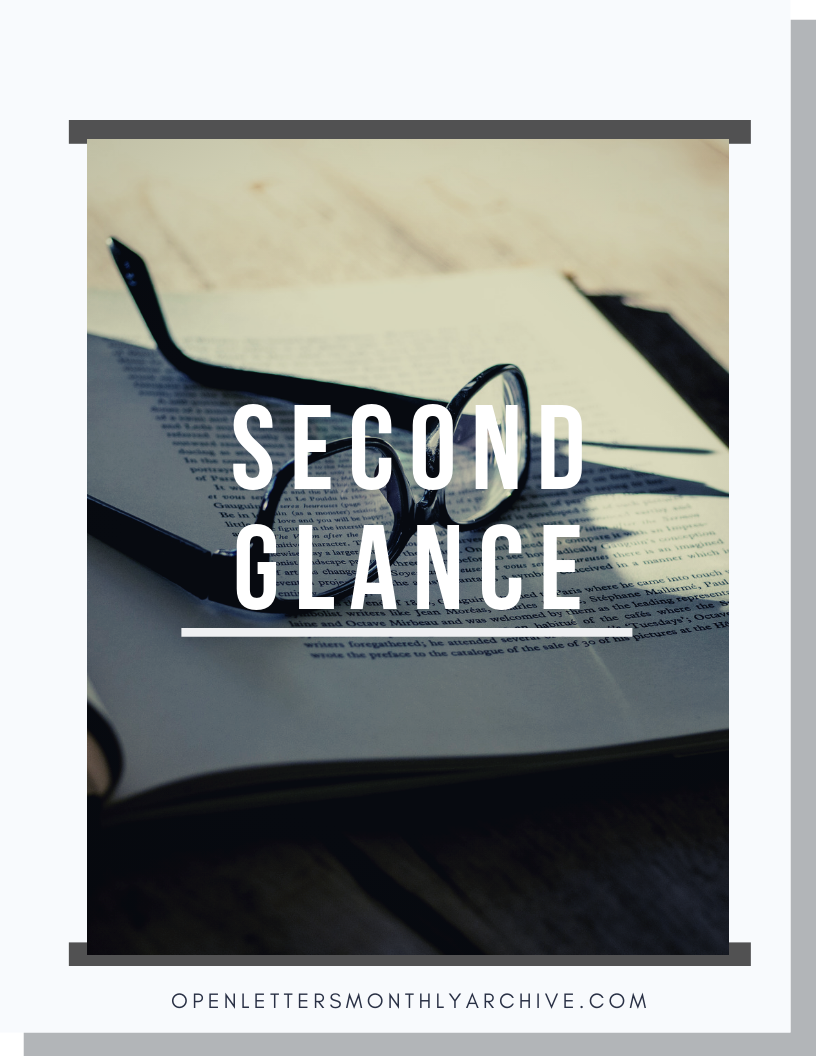Is Jane Austen a “Romance Novelist”?
/ I feel as if I should begin with a disclaimer: this post is just a preliminary attempt to sort something out for myself that I am sure has been discussed a lot already! I know it’s not a new question, but it is a new one for me to be thinking carefully about — and that’s what my blog is for, not for presenting absolutely finished position papers but for exploration. So don’t jump on me if, for you, this is old news or already a settled question! Instead, tell me what you think, since one thing I’m hoping will come from writing a little about this question here is that I’ll get some leads and ideas for how to think about it better, or where to read more about it.
I feel as if I should begin with a disclaimer: this post is just a preliminary attempt to sort something out for myself that I am sure has been discussed a lot already! I know it’s not a new question, but it is a new one for me to be thinking carefully about — and that’s what my blog is for, not for presenting absolutely finished position papers but for exploration. So don’t jump on me if, for you, this is old news or already a settled question! Instead, tell me what you think, since one thing I’m hoping will come from writing a little about this question here is that I’ll get some leads and ideas for how to think about it better, or where to read more about it.
I’m puzzling over whether Austen is a “romance novelist” (and I’m going to keep the scare quotes, for reasons that I’ll get to in a bit) because I’ve begun doing research in preparation for the romance unit in next year’s Pulp Fiction class (another disclaimer: it’s just a first-year writing class organized around a fairly imprecise definition of “pulp,” so I’m not going to get very ambitious about the theoretical or critical grounding — I just need to sort out some terms and frameworks for talking about our one or two readings in the genre).*
One much-cited scholarly work in this field is Pamela Regis’s A Natural History of the Romance Novel (2003), so that’s one of the first ones I took out of the library to read. It’s generally very helpful, and it’s also thought-provoking, for its tone as much as its argument. It is certainly less rah-rah than some of the more fannish books I’ve peered at about the genre (such as Sarah Wendell’s Everything I Know About Love I Learned From Romance Novels (very ably reviewed at Open Letters by Jessica Miller). It still differs from most academic criticism I’ve read, though, in being very openly a work of advocacy: it includes a chapter called “In Defense of the Romance Novel,” for instance; it declares that its purpose is not just to historicize or analyze the genre but to “refute” negative critical perspectives on it; and it includes many celebratory claims on behalf of romance fiction — just for example, “the romance novel is … about women’s freedom. The genre is popular because it conveys the pain, uplift, and joy that freedom brings.”
 Not that there’s anything wrong with that! Lots of (maybe even most) critical work is at least implicitly advocating on behalf of its specific topic — whether for its underestimated importance to literary history or for its political efficacy or for a right understanding of its aesthetic properties. Romance is a special case, too: as pretty much everyone I’ve read who writes about romance says at some point, it seems to call for overt special pleading simply because it is so routinely dismissed and its readers and writers so routinely shamed. If Regis seems at times to protest too much, it’s probably just that she knew her choice of subject would be met with skepticism, if not derision, and not just by her academic colleagues. (I expect that more recent scholarship is less defensive, as genre fiction and popular culture more generally have become increasingly familiar parts of the academic landscape. Eric Selinger and Sarah Frantz’s collection New Approaches to Popular Romance Fiction, which came out in 2012, is also on my reading list; I’ll be curious to see if I’m right that the tone has changed.)
Not that there’s anything wrong with that! Lots of (maybe even most) critical work is at least implicitly advocating on behalf of its specific topic — whether for its underestimated importance to literary history or for its political efficacy or for a right understanding of its aesthetic properties. Romance is a special case, too: as pretty much everyone I’ve read who writes about romance says at some point, it seems to call for overt special pleading simply because it is so routinely dismissed and its readers and writers so routinely shamed. If Regis seems at times to protest too much, it’s probably just that she knew her choice of subject would be met with skepticism, if not derision, and not just by her academic colleagues. (I expect that more recent scholarship is less defensive, as genre fiction and popular culture more generally have become increasingly familiar parts of the academic landscape. Eric Selinger and Sarah Frantz’s collection New Approaches to Popular Romance Fiction, which came out in 2012, is also on my reading list; I’ll be curious to see if I’m right that the tone has changed.)
Regis’s book is built on a particular (but also very general) definition of romance novels: “a romance novel is a work of prose fiction that tells the story of the courtship and betrothal of one or more heroines.” She expands on that definition by offering a specific list of structural features — “the eight essential elements of the romance novel” — including “the meeting between heroine and hero,” “the barrier to the union of heroine and hero,” and “the betrothal.” Then, using this definition, she tells a history of the romance novel (as she has defined it) through exemplary texts, starting with Pamela then going through Pride and Prejudice, Jane Eyre, Framley Parsonage, and A Room with a View. It’s not until Chapter 12 that she turns to what she calls “the popular romance novel” — to, that is, all of the books I think most people actually mean when they use the term “romance novel.”
At the end of her discussion of A Room with a View, Regis comments that “it would be [Forster’s] only romance novel.” In a way, then, I could just well have called this post “Is E. M. Forster a ‘Romance Novelist?'” (or Bronte or Trollope or Richardson). As far as I’ve seen, though, it’s really just Austen among these canonical authors who comes up repeatedly in the romance context, and it’s Pride and Prejudice that Regis uses to illustrate her outline of the “eight essential elements.” So I’ll stick with her as a test case for how or whether we want to define “romance novel” as broadly as Regis does.
 Regis is completely right that by her definition, Pride and Prejudice is a romance novel. But here’s the thing: to me, that suggests she’s using the wrong definition. First of all, it’s too broad to be interesting (even her list of canonical “romances” hardly seems to hang together in a meaningful way, outside a very bare skeletal similarity). It also seems anachronistic, in the same way that calling The Moonstone a “mystery” does: there wasn’t really such a category at the time (that’s not really the kind of book Collins himself thought he was writing), and applying our current term so absolutely means losing sight of the genealogy of our modern genres. Books can be closely related in kind (or, as Regis sets it up, in structure) with being the same kind exactly.
Regis is completely right that by her definition, Pride and Prejudice is a romance novel. But here’s the thing: to me, that suggests she’s using the wrong definition. First of all, it’s too broad to be interesting (even her list of canonical “romances” hardly seems to hang together in a meaningful way, outside a very bare skeletal similarity). It also seems anachronistic, in the same way that calling The Moonstone a “mystery” does: there wasn’t really such a category at the time (that’s not really the kind of book Collins himself thought he was writing), and applying our current term so absolutely means losing sight of the genealogy of our modern genres. Books can be closely related in kind (or, as Regis sets it up, in structure) with being the same kind exactly.
These are already debatable objections, of course: labels are always more or less arbitrary, and we redefine and recategorize things all the time based on new theories and approaches. So here’s another reason I don’t think I like Regis’s approach: I think that insisting that Austen writes “romance novels” indistinguishable in kind from today’s “popular” examples has inapt and potentially unwelcome consequences. For one thing, if this means that Austen and, say, Mary Balogh and Loretta Chase are doing the same thing, it seems to me to follow that Austen is doing it better (because much as I like Lord of Scoundrels, if it’s really an apples to apples comparison, I’d certainly consider Pride and Prejudice the better novel). Georgette Heyer? Fun, but not as artful or incisive or thematically rich as Austen. Balogh? Don’t even try. Lump them all in together, that is, and a hierarchy emerges that’s almost inevitably to the disadvantage of all the not-Austens.
Regis herself would disagree, I think — and others no doubt would too — that we can or should differentiate on the basis of literary merit in quite this way. Some would disavow the whole notion of literary merit, in fact, but Regis seems happy enough making evaluative claims. In her chapter on defining the romance novel, she uses Katherine Gilles Seidel’s Again as an exemplary case alongside Pride and Prejudice, claiming that it is a “complex, formally accomplished, vital romance novel” that makes nonsense of the idea that popular romances are just “hack work”:
Seidel incorporates the eight essential elements of romance, and two of the three incidental ones, in a manner so masterful that it leaves no doubt as to the vitality of the form in contemporary hands.
“Masterful,” no less! I’m only a couple of chapters into Again (which I dutifully rushed out to get), so I can’t be sure, but if it’s anywhere near as good a novel (qua novel) as Pride and Prejudice, I haven’t seen the signs, even though I’m enjoying it fine so far — which is exactly why my intuition is that Regis is coming at this question in the wrong way. We have to be able to acknowledge the differences on terms that don’t set contemporary romance novels up for failure.
 Alternatively, you could argue (as I have seen done) that romance, like all genres, comes in both “high” and “low” — or literary and popular — versions. There’s still a kind of hierarchy, but now you’re separating out those who “transcend the genre” (to use the phrase Ian Rankin hates when applied to crime fiction) from those who happily take their place within it. No direct comparisons are called for, then, and Heyer or Chase (or choose your preferred exemplars) get considered more or less on their own terms. I still think the larger category (the one being subdivided into high and low forms) conflates too many different kinds of things, and the end result can be condescending — it implies, or could, that the serious stuff is going on in some sense over the heads both readers and writers of the popular incarnations of the genre, or that those who really take themselves and their work seriously will aim at that transcendent kind. But at least this approach doesn’t pretend all novels organized around love and marriage are the same kind of books.
Alternatively, you could argue (as I have seen done) that romance, like all genres, comes in both “high” and “low” — or literary and popular — versions. There’s still a kind of hierarchy, but now you’re separating out those who “transcend the genre” (to use the phrase Ian Rankin hates when applied to crime fiction) from those who happily take their place within it. No direct comparisons are called for, then, and Heyer or Chase (or choose your preferred exemplars) get considered more or less on their own terms. I still think the larger category (the one being subdivided into high and low forms) conflates too many different kinds of things, and the end result can be condescending — it implies, or could, that the serious stuff is going on in some sense over the heads both readers and writers of the popular incarnations of the genre, or that those who really take themselves and their work seriously will aim at that transcendent kind. But at least this approach doesn’t pretend all novels organized around love and marriage are the same kind of books.
I can see that, strategically, it serves Regis well to define the “romance novel” so that she can include Austen. That way the aura of Austen’s literary prestige can be shared with the popular writers who are the ones who actually need defending. (There may be some circles in which Austen is still shrugged off as a trivial miniaturist, but her iconic cultural status is surely beyond doubt.) But it could just as well backfire if it sets up the wrong expectations: yes, the plot structure of a contemporary popular romance is likely to resemble that of Pride and Prejudice, but if you expect to be reading the next Jane Austen, aren’t you almost certain to be disappointed? Maybe another way to think about it is that Austen is not celebrated because of how she incorporates the eight essential elements of romance (never mind the many “incidental” ones) but for other reasons, and so what Regis is doing is not defining a category but encouraging a vast category error. Instead, wouldn’t her defense be more convincing if her definition were narrower — if it were based, not on 18th- or 19th-century marriage plot novels but on, well, actual “romance novels”?
Ay, there’s the rub, though, right? Because how do you define them? Where do you draw the lines? I sometimes say to students in my mystery class that genres and subgenres are themselves fictions, but useful ones, and that while it’s true you can’t perfectly define them, often enough you know them when you’re reading them. I think, too, that with the popular genres we’re familiar with today, while it may be difficult to pinpoint their exact starting points, eventually the time comes when it is possible for someone to say “I’m going to write a detective novel” (or, even more specifically, a police procedural, or a feminist revision of hard-boiled detective fiction”) because that is now a recognizable literary form, with a tradition and conventions of its own. Similarly, just because the margins around a genre are fuzzy doesn’t mean there’s no center. As Regis points out, “formulaic” is usually a pejorative term but all fiction is in fact driven to some extent by formulas; works that clearly belong to a particular genre just embrace and employ them in a more conspicuous way. Though intention is a tricky business, I might go so far as to say that what we know call “genre fiction” is defined by that kind of knowingness on the author’s part (which is also an invitation to the knowing reader): this is the game I’m playing, I know the rules, I use or subvert them at my will, this game board is where I feel at home, my teachers and role models are the ones who showed me how it’s done so that now I can do it my way.
So by my definition, Jane Austen is not a “romance novelist.” Pride and Prejudice definitely has a crucial place in the history of the romance novel (as The Moonstone does in the history of the detective novel), but it’s part of the genre’s origin story, and that’s not what we’re talking about today when we talk about “romance novels.”
Or at least, that’s what I think so far! Now I feel that I may have taken a long time to say something nobody else will find surprising or controversial at all — but we all have to work our own way through things, right?
*Can you tell from these disclaimers that I have learned just how engaged and opinionated romance readers and writers are?






